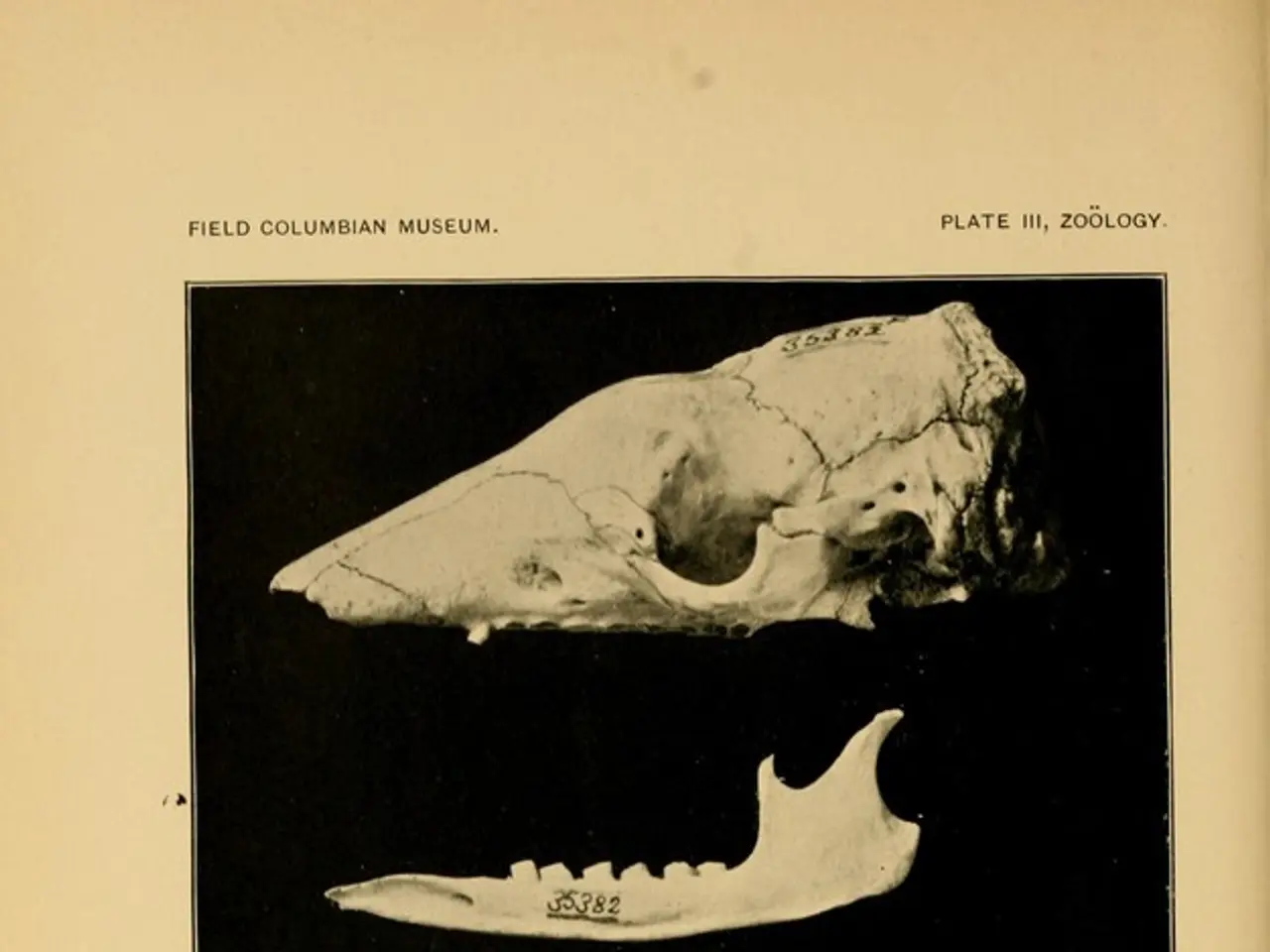Nipple Issues: Symptoms, Underlying Causes, and Available Treatments
Nipple problems are common and can affect anyone, although they are often not serious. However, they can sometimes indicate underlying health conditions, and it's crucial to seek medical advice if you experience persistent discomfort or notice changes in your nipples.
One such condition is Mammary Duct Ectasia, which occurs when milk ducts beneath the nipple become abnormally widened or dilated, often associated with perimenopause and aging. This can lead to blockages and inflammation, causing symptoms such as painful breasts, nipple discharge, and sometimes nipple retraction or inversion. Treatment typically involves warm compresses, anti-inflammatory medications, and in severe cases, surgical removal of the affected duct.
Intraductal Papilloma is another condition characterized by benign tumors or wart-like growths inside the milk ducts of the breast. These growths can cause unilateral bloody or clear nipple discharge and a small lump near the nipple. Surgical excision of the papilloma is usually recommended to prevent bleeding or progression, and a biopsy is important to rule out malignancy.
Galactorrhea is a condition where excessive or inappropriate milk production occurs unrelated to breastfeeding. This may be caused by hormonal imbalances, medications, or pituitary gland issues. Symptoms include milky nipple discharge from one or both breasts, with no signs of infection or lumps typically. Treatment involves identifying and addressing the underlying cause, such as correcting hormonal imbalances or changing medications.
Lactational Mastitis is a bacterial infection of the breast tissue during breastfeeding, often due to milk stasis or nipple trauma. Common symptoms include breast pain, redness, warmth, and swelling, as well as fever and flu-like symptoms. Treatment includes continued breastfeeding or milk expression to clear ducts, antibiotics targeting common bacteria, pain relief, and anti-inflammatory medications.
Paget Disease of the Breast is a rare form of breast cancer involving the skin of the nipple and areola. Early signs include darkened or flattened nipple, yellow or bloody nipple discharge, flaking, crusting, or thickened skin around the nipple, itching, burning, or tingling sensations. Treatment usually involves surgery (mastectomy or breast-conserving surgery), possibly followed by radiation and/or chemotherapy depending on cancer extent.
Here's a summary table of the conditions discussed:
| Condition | Causes | Symptoms | Treatment | |------------------------|-----------------------------------------|---------------------------------------------|--------------------------------------| | Mammary Duct Ectasia | Dilated milk ducts, aging, perimenopause| Nipple discharge, pain, inversion | Warm compresses, antibiotics, surgery if needed | | Intraductal Papilloma | Benign duct growth | Bloody nipple discharge, palpable lump | Surgical excision | | Galactorrhea | Hormonal imbalance, medications | Milky nipple discharge (non-lactating) | Treat underlying cause | | Lactational Mastitis | Breast infection during breastfeeding | Breast pain, redness, fever | Antibiotics, continued breastfeeding| | Paget Disease | Breast cancer affecting nipple skin | Nipple discoloration, discharge, crusting | Surgery, possible radiation/chemo |
If you experience persistent nipple changes such as discharge, lumps, skin changes, pain, or nipple inversion that are new or associated with other symptoms like discharge or breast lumps, it is important to see a healthcare professional for accurate diagnosis and management. Early evaluation is especially critical to exclude malignancy such as Paget disease.
This overview is based on the latest available medical insights as of 2025. Other possible causes of nipple problems include irritation from excess rubbing caused by exercise or sexual activity. Additionally, thyroid problems can also be a cause of nipple problems, and a thyroid hormone test is a blood test used to check if the thyroid gland is working properly during diagnosis of nipple problems. In some cases, Paget disease of the breast may cause the nipple to appear more flat than usual.
- Besides Mammary Duct Ectasia and Intraductal Papilloma, Galactorrhea can also result in nipple discharge, which occurs unrelated to breastfeeding.
- Lactational Mastitis, a bacterial infection during breastfeeding, presents symptoms like breast pain, redness, and fever, in addition to nipple-related issues.
- Paget Disease of the Breast, a rare form of breast cancer, affects the nipple skin and can cause symptoms such as nipple discoloration, discharge, and crusting.
- In cases of persistent nipple changes, it's important to consult a healthcare professional to rule out chronic diseases like Paget disease and other breast disorders.
- Furthermore, other causes of nipple problems may include irritation from fitness and exercise, sexual activity, or thyroid problems that can be diagnosed through a thyroid hormone test.
- Skin care and nutrition play vital roles in maintaining womens-health and overall health-and-wellness, particularly in addressing nipple disorders.
- Beyond addressing nipple problems, mental-health should also be considered and attended to, as it is closely intertwined with overall physical and emotional well-being.






